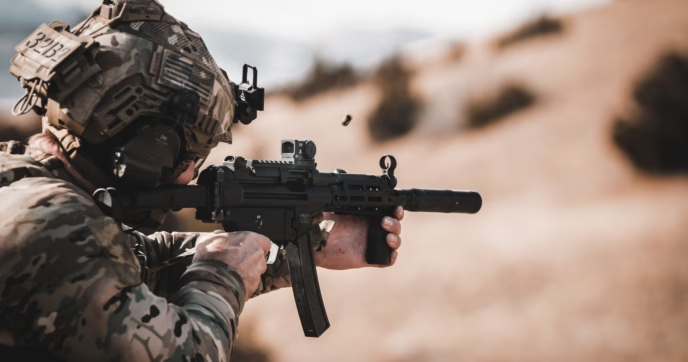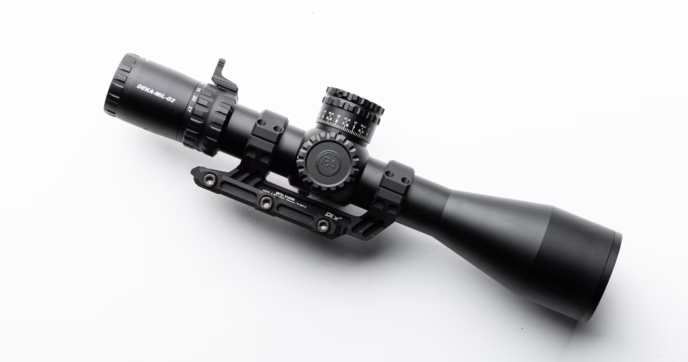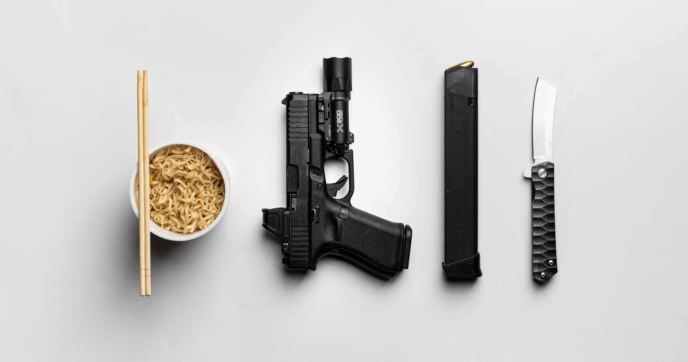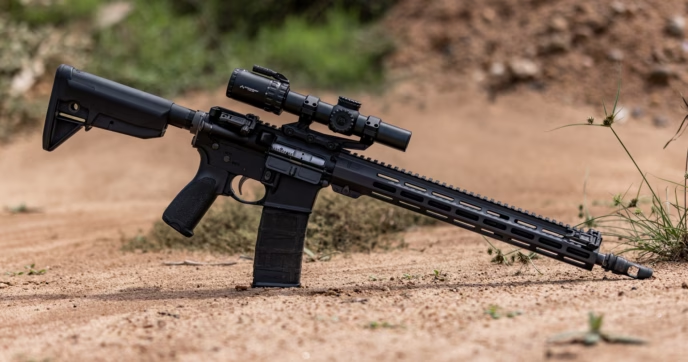The AR-15 has become one of the most popular rifles in the United States, not only because of its versatility and reliability but also because of its modularity. Few firearm platforms allow for such a broad degree of customization, and this freedom is a significant part of its appeal. Owners can swap barrels, change triggers, mount optics, and build a rifle that suits their exact needs, whether those needs are hunting, home defense, competition, or precision marksmanship.
However, this modularity also creates some challenges. One issue that arises from mixing and matching different components is the phenomenon known as receiver slop. This term refers to the play or wobble that can occur between the upper and lower receiver of the rifle. While it does not compromise safety or basic reliability, it can introduce small performance issues, particularly in applications where precision is a top priority.
Understanding receiver slop is important for anyone who owns or plans to build an AR-15. By learning what causes it, how it can affect performance, and how it can be corrected or prevented, rifle owners can make better decisions about their builds and ensure their firearms perform exactly as intended.
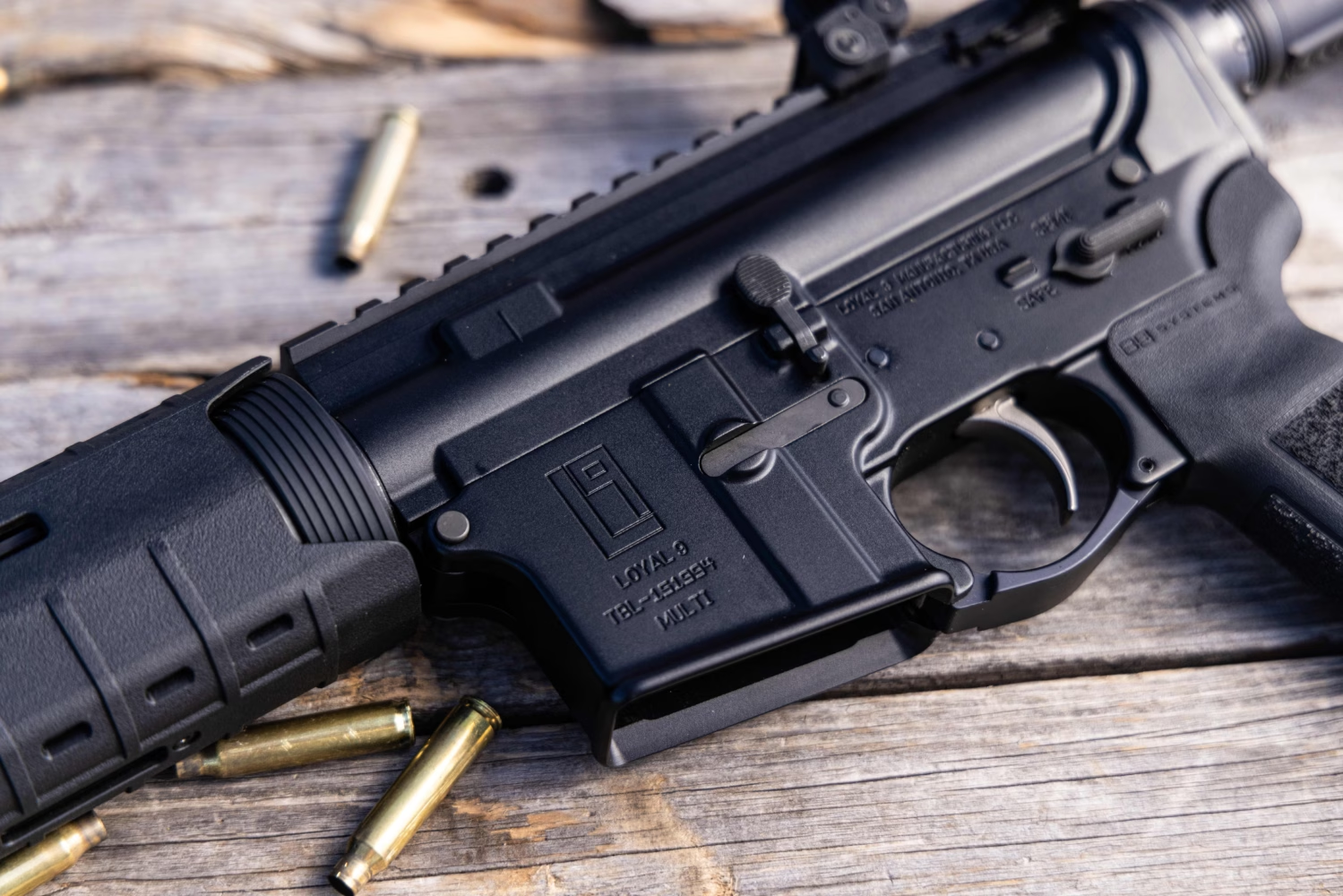
What Is Receiver Slop?
Receiver slop, sometimes called play or wobble, is the amount of movement between the upper and lower receiver of an AR-15 or other AR-pattern firearm. When assembled, the rifle is held together by the front pivot pin and rear takedown pin, which lock the two receiver halves into a single unit. Ideally, the fit between these two halves is snug, with little or no noticeable movement. In practice, however, there is often a small amount of wiggle. Sometimes, that wiggle can be noticeable even when not looking for it.
The reason for this lies in how AR-15 receivers are manufactured. Although the platform is built on standardized specifications, each manufacturer machines its receivers with slight differences in tolerance. The goal of these tolerances is to ensure that any in-spec upper receiver will fit with any in-spec lower, allowing shooters to mix and match components across brands. But when one component is cut at the high end of tolerance and the other at the low end, the result is a looser fit.
This variance explains why some rifles feel rock solid while others exhibit slop. Even two receivers from the same manufacturer can fit differently, though the issue tends to be more pronounced when mixing brands. In extreme cases, the wobble can be felt as a rattle when the rifle is shaken, or it may shift slightly when pressure is applied to the upper receiver.
It is important to recognize that receiver slop does not necessarily indicate a defect or unsafe condition. A rifle with some play between the receivers is usually still entirely functional and safe to use. The issue is more about user perception and performance optimization than about the rifle’s basic operation.
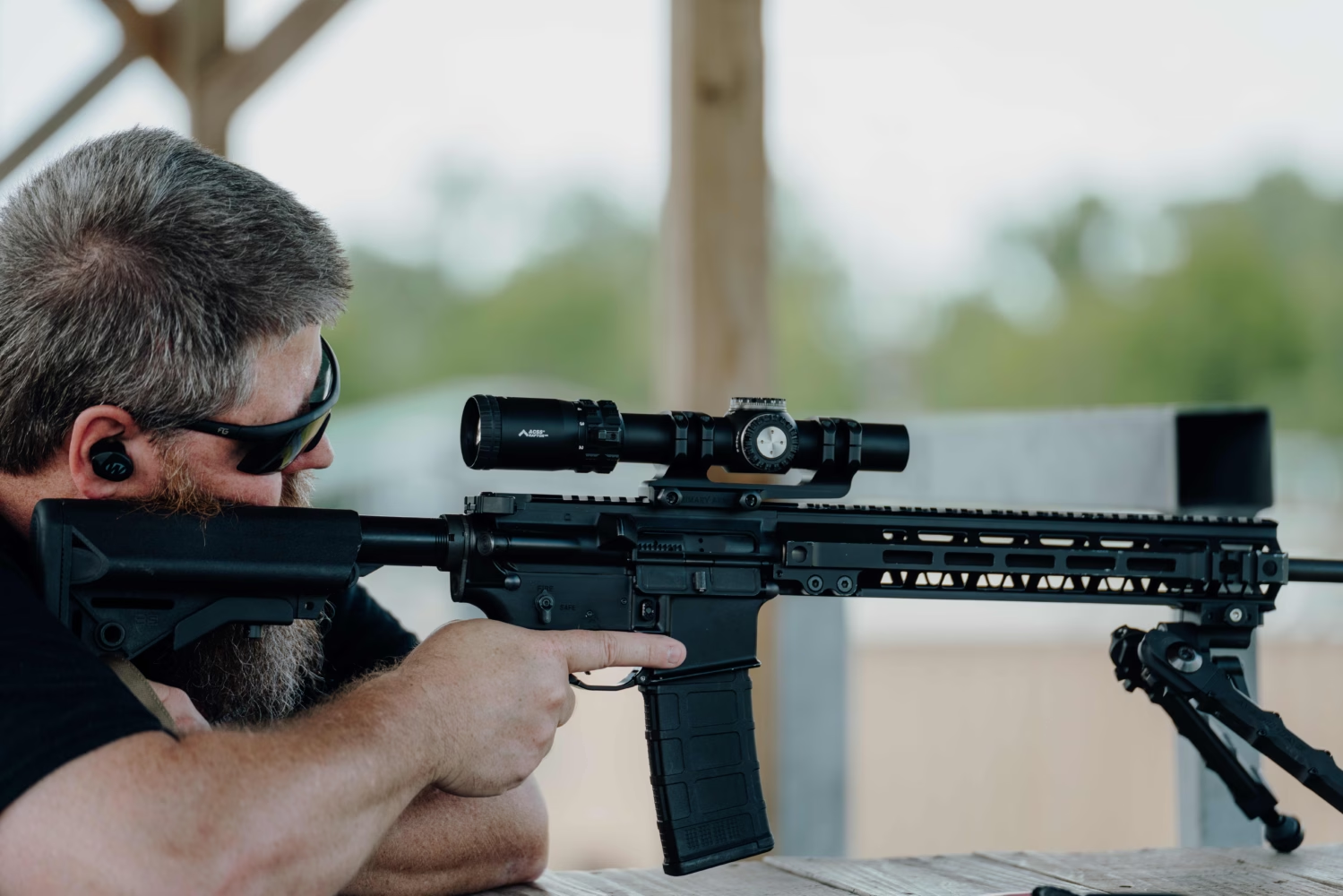
Does Receiver Slop Affect Performance?
The debate over whether receiver slop affects performance has been ongoing for decades. To answer the question, it helps to examine what role each receiver half plays in the firing process.
The upper receiver is the critical component for accuracy and function. It houses the barrel, bolt carrier group, gas system, and optic mount. These elements determine how the rifle chambers, fires, and stabilizes the bullet. The lower receiver, on the other hand, primarily houses the trigger group, magazine well, and buffer system. While important for operation, it plays a much smaller role in determining precision.
Because of this division of labor, receiver slop has no meaningful effect on the rifle’s reliability. The rifle will continue to feed, fire, and eject properly regardless of how tightly the receivers fit together. Malfunctions related to reliability almost always stem from other factors, such as magazine issues, gas system problems, or ammunition inconsistencies—not receiver fit.
Accuracy, however, is a slightly different story. When aiming at long distances, the shooter depends on a stable and consistent platform. Any movement between the upper and lower can create a small shift in the shooter’s sight picture, especially if the optic is mounted to the upper receiver while the stock is braced against the lower. As the trigger is pressed, this subtle shifting can cause minor inconsistencies in how the rifle points at the target.
For most users, especially those using the rifle at close to intermediate ranges, this effect is negligible. At 50 or even 100 yards, the difference between a snug-fitting rifle and one with some slop is virtually impossible to measure. The influence of shooter skill, environmental factors, and ammunition will far outweigh any effect of receiver movement.
For long-range precision shooting, however, consistency is everything. When stretching a rifle’s capabilities to several hundred yards or more, even small shifts in alignment can translate into larger group sizes. While the effect of receiver slop on accuracy is often overstated, precision marksmen who demand the tightest groups possible typically prefer to minimize or eliminate it.
In short, receiver slop does not affect reliability and has minimal impact on performance at typical engagement distances. But for applications where precision is paramount, tightening the fit between receivers can provide added confidence and consistency.
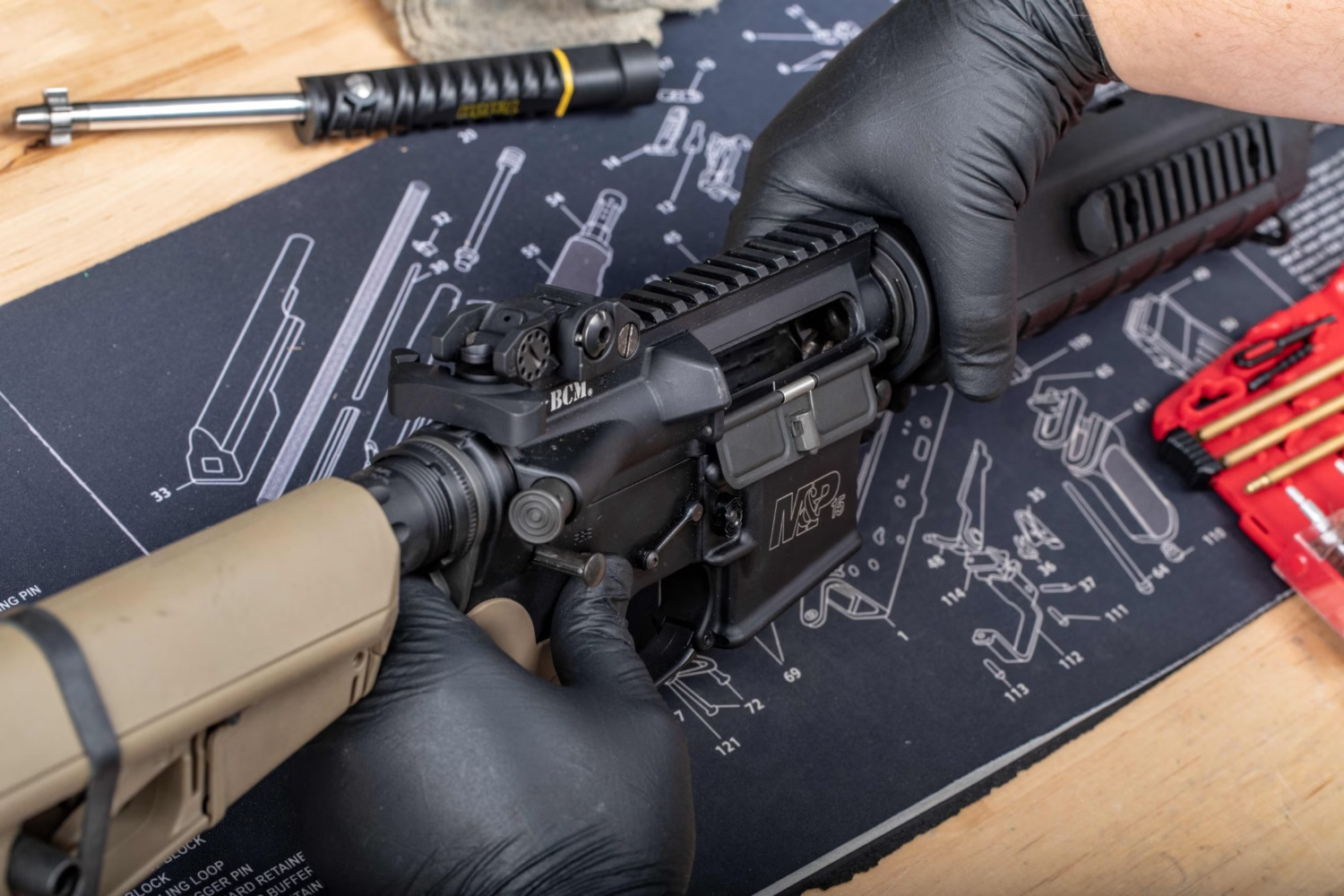
How To Fix Receiver Slop
Receiver slop can be approached in two ways: prevention, when planning or building a rifle, and correction, when dealing with an existing rifle that exhibits play. By understanding both approaches, rifle owners can either avoid the problem from the start or resolve it after the fact.
Preventing Receiver Slop
The most reliable way to avoid receiver slop is to purchase both the upper and lower receiver from the same manufacturer. Companies that manufacture both components in-house often design them to mate closely, reducing the likelihood of noticeable play. Some brands are also known for holding particularly tight tolerances, which makes their receivers fit more securely.
For enthusiasts who are building a rifle from the ground up and wish to ensure a tight fit, researching manufacturers with reputations for precision machining is worthwhile. Premium receiver sets are often marketed with claims of reduced play, and in many cases, these claims hold true. While the cost may be higher, the benefit is a rifle that feels solid and inspires confidence.
Another preventive measure is to purchase matched receiver sets. Many companies sell their uppers and lowers as pairs, ensuring that they are dimensionally matched before leaving the factory. This approach eliminates the guesswork of mixing components from different sources and is often the best way to ensure a snug, wobble-free fit.
For guidance on finding a high quality receiver, check out our AR-15 Lower Receivers Guide.
Minimizing Movement
For rifle owners who already have a firearm with noticeable receiver slop, there are several ways to minimize movement.
One of the most popular and affordable solutions is the Accu-Wedge. This small piece of flexible polymer fits into the rear of the lower receiver, creating tension between the upper and lower. By filling the small gap that causes wobble, it effectively eliminates play. While inexpensive and easy to install, Accu-Wedges do wear out over time and may need occasional replacement.
Another option is the use of tensioning screws. Some lower receivers are manufactured with a built-in screw that allows the shooter to adjust the tension between the receivers. By tightening this screw, the user can press the upper receiver more firmly into the lower, eliminating slop. For lowers that do not have this feature, aftermarket kits are available that can be installed to achieve a similar effect.
In rare cases, receiver slop may be caused by worn-out or out-of-spec lower receiver parts like the takedown pins. These pins are responsible for holding the receivers together, and if they are undersized, they can contribute to excess movement. Replacing them with in-spec pins can sometimes correct the issue. While less common, it is a potential fix worth considering if your pins appear worn out or overly loose.
These solutions vary in cost, permanence, and effectiveness, but all are capable of tightening the rifle and improving the overall feel. For most shooters, even a simple Accu-Wedge is enough to provide the solid, stable platform they desire.
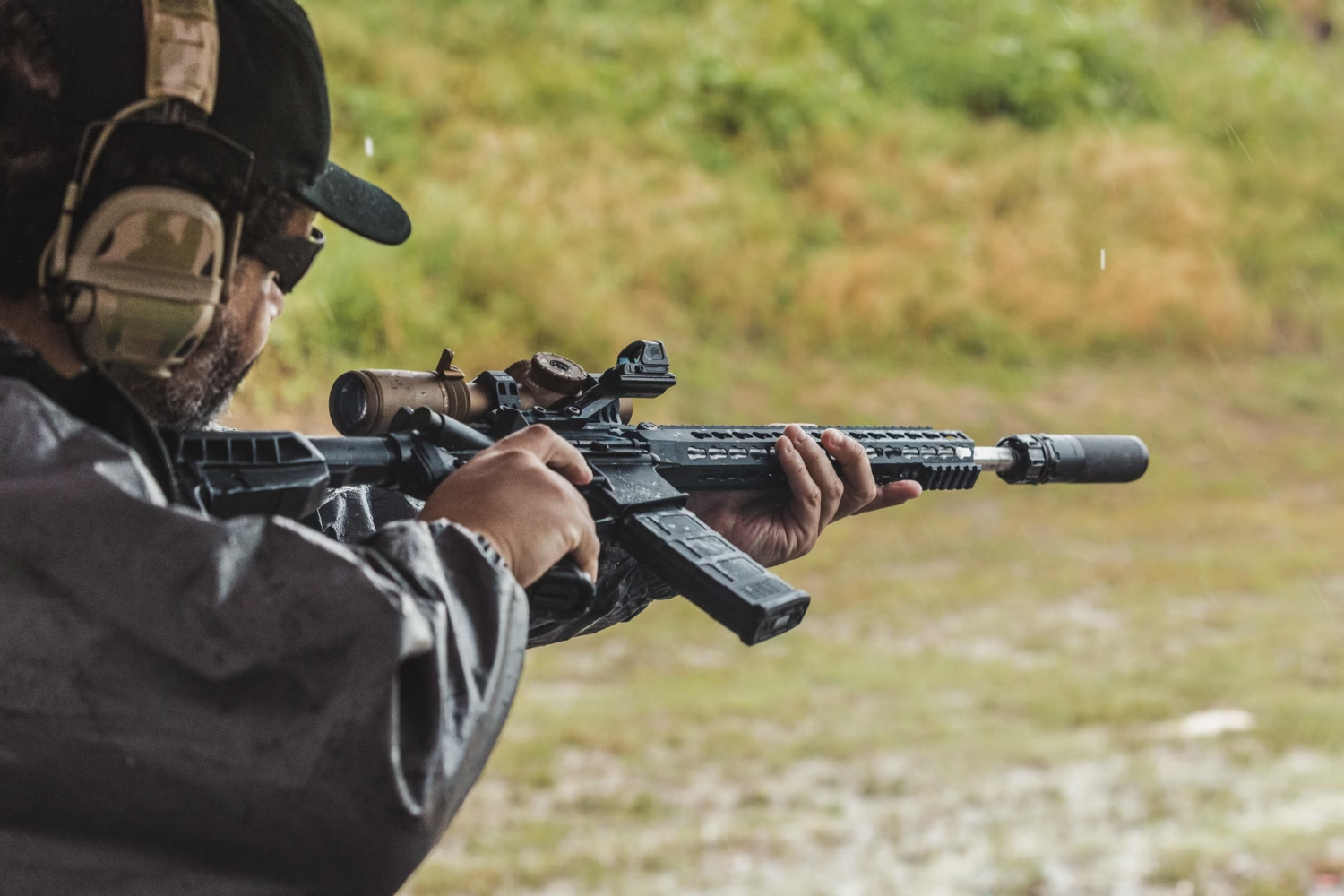
Conclusion
Receiver slop is a natural byproduct of the AR-15’s modular design and tolerance system. While it may feel concerning to new rifle owners, it is not a defect and does not compromise safety or reliability. At its core, receiver slop is simply the movement that occurs when two components cut to opposite ends of tolerance are paired together.
For most users, receiver slop has no practical impact on performance. The rifle will function reliably, and accuracy at close and intermediate ranges remains unaffected. However, for precision marksmen or those who want the most solid-feeling rifle possible, eliminating receiver play can provide both measurable and psychological benefits.
The best way to avoid the issue is to purchase matched receivers from the same manufacturer, particularly from brands known for tight tolerances. For existing rifles, solutions such as Accu-Wedges, tensioning screws, or new takedown pins can reduce or eliminate the problem.
Ultimately, whether or not to address receiver slop depends on the intended use of the rifle. For defensive carbines or general-purpose rifles, it is often not worth worrying about. But for those who demand maximum precision, understanding and correcting receiver slop is one more step toward building the perfect AR-15.
For more insight into the role receivers play in performance and how to choose the best one for your needs, check out our article on How to Choose a Complete Upper Receiver.
